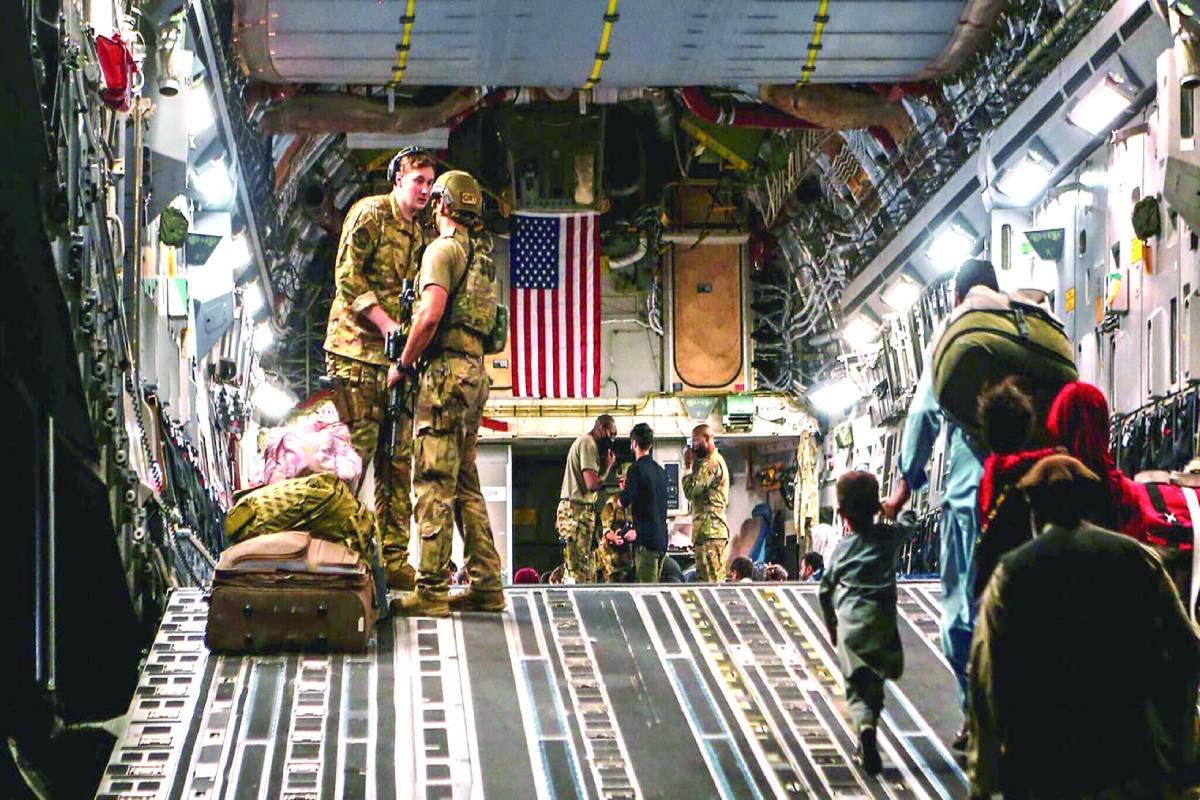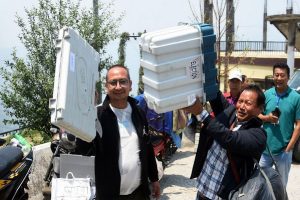From 8 July 2021 when President Biden at a White House Press Briefing announced the drawdown of US troops and the close of its military mission by August 31, the world has been in a political tail-spin. The Washington Post reported that there is now a global rethink of America’s predominant role in the world, “as European allies discuss their need to play a bigger part in security matters and Russia and China consider how to promote their interests in a Taliban-led Afghanistan”.
The assumption of ‘setting up’ democracies anywhere in the world is just a short-sighted riposte to a much more serious process. We may even question if traditional western democratic models are the prescribed solutions for good governance globally.
However, in this piece I talk about my visit to Afghanistan in the 1990s when the Taliban was in the process of solidifying their base in the country, when their rules and norms were being tested by foreigners and their strict Shariah law was being quietly challenged in different quarters.
Flying into Jalalabad (the Taliban HQ) over the fabled Hindu-Kush mountains, I was reminiscing about the historical significance of this region, lost in thought, with nothing preparing me for some of the bizarre incidences experienced during my visit to the country.
Upon arrival, exhausted after a long flight from New York via Pakistan, all my UN colleagues and I (for security purposes) were accommodated in a local guest house. I started to unpack, change to get ready for bed and suddenly an eerie sensation engulfed me. I looked up and found a number of peering eyes staring at me from the window. I immediately raised a hue and cry, and in response, my military colleagues ran out and caught the young Talib Peeping Tom miscreants who were instructed that should they return, they would be given a good hiding which was enough to deter them for the length of our trip. Perhaps the stature of these burly European gentlemen intimidated these boys or it may have been that up to this point, some of the Taliban were still finding their feet and were wary of reprimand or worse, by international personnel.
Today, we are aware of the Taliban diktat that all women should don a hijab or head scarf as this is prescribed within the framework of Islamic Law and any violation of this usually results in violent public assault. But years ago, when the Taliban approached a Scandinavian aid worker instructing her to cover her head – she declined. Her reason was that as a foreigner she was not bound by Afghani rules and laws. The Taliban were so taken aback by her boldness and negation of their rules that after a brief discussion amongst themselves, they allowed her to pass unhindered. This led me to believe that perhaps the Taliban were in the process of consolidating their political base in the country and hence Shariah laws were being more strictly enforced upon their own citizens rather than foreigners at this time.
My mission to Afghanistan as the Unicef Focal Point for Children affected by mines was not only to help educate the children about the dangers of landmines but also to gather information on the socio-economic impact of these mines on the country.
Being part of the world’s premier agency dealing with women and children, I was extremely aware of the Taliban’s brutality and social restrictions on women who lost access to health care, education, and jobs (The Brookings Gender and Equality Series). The economy, society and Afghan institutions were decimated by this regime, and women and children bore the worst brunt of their barbaric take-over of the country. I had hoped that during our negotiations, in exchange for UN assistance I might be able to persuade the authorities towards allowing some women and child-friendly programmes to assist the local population.
Imagine my surprise, when on a recce mission in the center of town I discovered huge stockpiles of ammunition/landmines/UXOs/bombs/grenades etc. piled sky high and lying unguarded; children playing amongst these explosives which could have blown an entire city block to smithereens. This was anathema to basic international Mine Awareness Guidelines which the UN propagated globally. (I later found out that they were selling shrapnel to try an eke out a living). I was so terrified that I yelled for them to get away which only seemed to provoke a greater audacity causing them to run amok in this dangerous and highly combustible minefield. I quickly retreated to the other side of the street noticing other ignorant/braver UN colleagues posing with the kids in front of this scene, their false bravado making for picture stories to be shared with their families back home.
Part of my job was getting a feel of the landmine situation in the country. On one occasion I was invited to review a mine detection demonstration using Swedish-trained sniffer dogs. I was mortified when asked by my hosts, rather unexpectedly, as a confidence-building measure and gesture of good faith, to walk through the demined area. All I could think about was a recent accident, incurred by a friend, who had his limbs blown off due to an undetected mine, whilst undertaking the same activity in Mozambique!
During our penultimate days in Afghanistan, when we had a little time off from our series of meeting with government officials, we decided to bolster the local economy with some retail therapy and proceeded to a two-storied mud-hut in pursuit of some beautiful, hand-crafted silk rugs, highly recommended by the locals. After the usual haggling began, suddenly I was interrupted mid-sentence and informed that I had to leave immediately as we could hear the muezzin’s call to prayer.
However, on discovering that I wasn’t of the Islamic faith, the carpet seller promptly shuttered his store, served me some hot tea with biscuits and restarted our negotiations. On noticing my shocked look, he smiled and proceeded to inform me that many fellow citizens didn’t feel the need to bother with the imposed Salat five times each day. This scene was replicated a number of times during our trip making me believe that though the Taliban wanted to enforce strict prayer times for the masses, nonetheless a section of the population had their own ideas about the practice of their faith.
Finally, arriving across the border into Pakistan I witnessed a rather comical sight. The border (for lack of another word) was a rather large and nebulous area guarded by a scant few soldiers where a cat-and-mouse game was unfolding before my very eyes. Young Afghanis were trying to run across into Pakistan and the Pakistani soldiers were chasing after them from side to side. As a border guard managed to catch one Afghani, ten others slipped past him from behind. It made me wonder if the Pakistanis were serious about controlling their borders with Afghanistan at all.
But the pièce de résistance was observed in Peshawar where we discovered three large markets in the city – one which dealt with white goods, a second with Pakistani-made imitations of all kinds of international weaponry and the third more surprisingly was the largest market for peddling all kinds of illegal drugs I had ever witnessed!
Politically, the mid-1990s saw resistance to the Taliban continue among the non-Pashtun ethnic groups such as the Tajiks, Uzbeks, and the Hazaras. Although this was a time of socio-economic and military consolidation for the Taliban, I found pockets of resistance against their strict Islamic norms. The entire trip was an eye-opener, a mission which remains memorable and unforgettable even till today.










